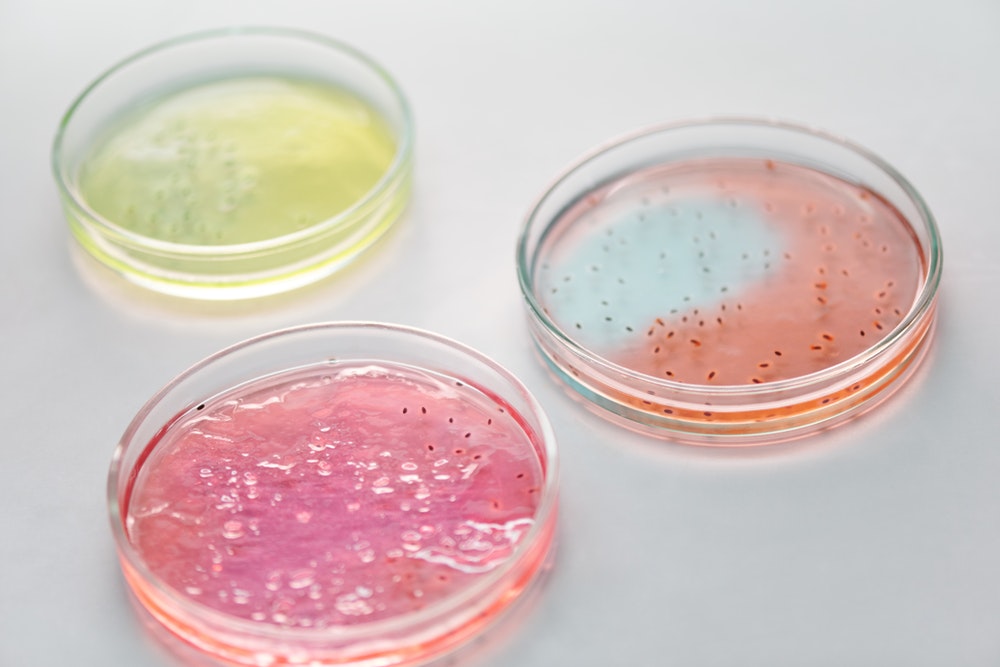Lysosomal storage disorders and diseases are inherited metabolic disorders which are amongst a group of more than 50 rare diseases. LSDs originate when the body cells begin a build-up of toxic materials which effects specific enzymes that are needed to break down substances like proteins, carbohydrates and lipids. These compounds collect in cell lysosomes at the point when the body does not have enough of the important enzymes to break down the targeted lipids and carbohydrates. This interrupts the normal function, damaging the organs of the body and causing lysosomal storage disorders.
Lysosomal storage disorders may affect different parts of the body, including the skeleton, brain, skin, heart, and central nervous system.
With the inclusivity of more than 50 types of Lysosomal storage disorders, they affect approximately 1 in 7,700 births, making them a rare but rather common health issue.
Symptoms for Lysosomal Storage Disorders
Signs and the severity of symptoms for LSDs vary from type to type and are usually rare, but all LSDs are progressive, i.e. they get worse with time. Although, vary from disease to disease, symptoms occur in each case because of an enzyme deficiency that inhibits the ability of the lysosomes present in each of the body’s cells to perform their normal function. Lysosomal storage disorders/diseases affect different body organs including:
- Central nervous system
- Bones and joints
- Heart
- Kidneys
- Eyes
- Lungs
- Liver
How Do They Occur
The lysosomes function is to break down complex components into simpler ones as they work as the primary digestive units within cells. When this process does not take place, the substrate begins to accumulate in the cells. That is why these diseases are called “storage diseases”.
Most cases of lysosomal storage disorders are genetic, passed down from parents to their children. If the child receives one normal gene and the other for the disease, he/she is still a carrier for the condition but with a possibility of not showing the symptoms.
Additionally, lysosomal storage disorders are usually rare, but certain types of LSDs are more commonly found with different groups of people like people of European Jewish decent.
Types of Lysosomal Storage Disorders
The scientific community has identified more than 40 types of lysosomal storage diseases. New lysosomal storage disorders continue to be identified. Some of the most common lysosomal storage disorders include:
Gaucher Disease: a form of LSD which infects the spleen and liver, causing them to enlarge. A lack of glucocerebrosidase (GBA) is the cause of Gaucher disease. This condition also comes with blood and bones complications. General symptoms include Anemia, bleeding and bruising, and joint pain.
Krabbe Disease: Absence of enzyme galactosylceramidase is the root cause for this condition. Krabbe disease affects the nervous system. Signs and symptoms include muscle weakness, stiffness in the limbs, vision and hearing loss.
Hunter Syndrome: Hunter syndrome is another type of lysosomal storage disorder which damages bones and joints, as well as intervenes with normal growth.
Tay-Sachs Disorder: a lack of hexosaminidases enzyme gives birth to the Tay-Sachs disease. Tay-Sachs disorder is severe and, in some cases, cause fatal mental and physical deteriorations. Even small children can develop the condition. How it affects babies is that after their initial months, their growth accelerates down. They eventually lose control over their muscles, making it hard for them to sit, crawl or walk.
Other signs may revolve around an unusual red spot in the back of the eye, seizures and vision and hearing loss.
Treatment for LSDs
Although there are laboratories testing’s, simple blood tests, MRIs and biopsies to confirm or rule out the different type of lysosomal storage disorders, there are no concrete cures for LSDs at present. On the upside, researches continue to gain ground towards advanced treatment alternatives. Progress is being made in the search for therapies, and there are treatments available for some lysosomal storage disorders that work towards improving the quality of life for those affected.
Treatment options such as bone marrow transplantation (BMT), enzyme replacement therapy (ERT) and substrate reduction therapy (SRP) are available.
Bone marrow transplantation has been proven effective in preventing the progressive mental retardation in children with MPS IH (Hurler disease) if it is done before two years of age. The procedure involves replacing the bone marrow and therefore the whole blood system, of an individual affected by a particular disease with marrow from another person who is healthy. BMT is further being studied for the treatment of other lysosomal storage diseases.
When it comes to enzyme replacement therapy or ERT, it has been effective for individuals with Gaucher disease type I. ERT also works for individuals with Gaucher disease types II and III who receive ERT. However, ERT has not been effective in reducing or reversing neurological symptoms associated with Gaucher disease types II and III.
New developments and research continues to happen, identifying more such diseases for better diagnosis and more treatment options.




